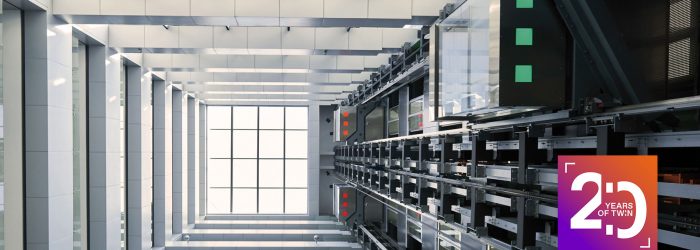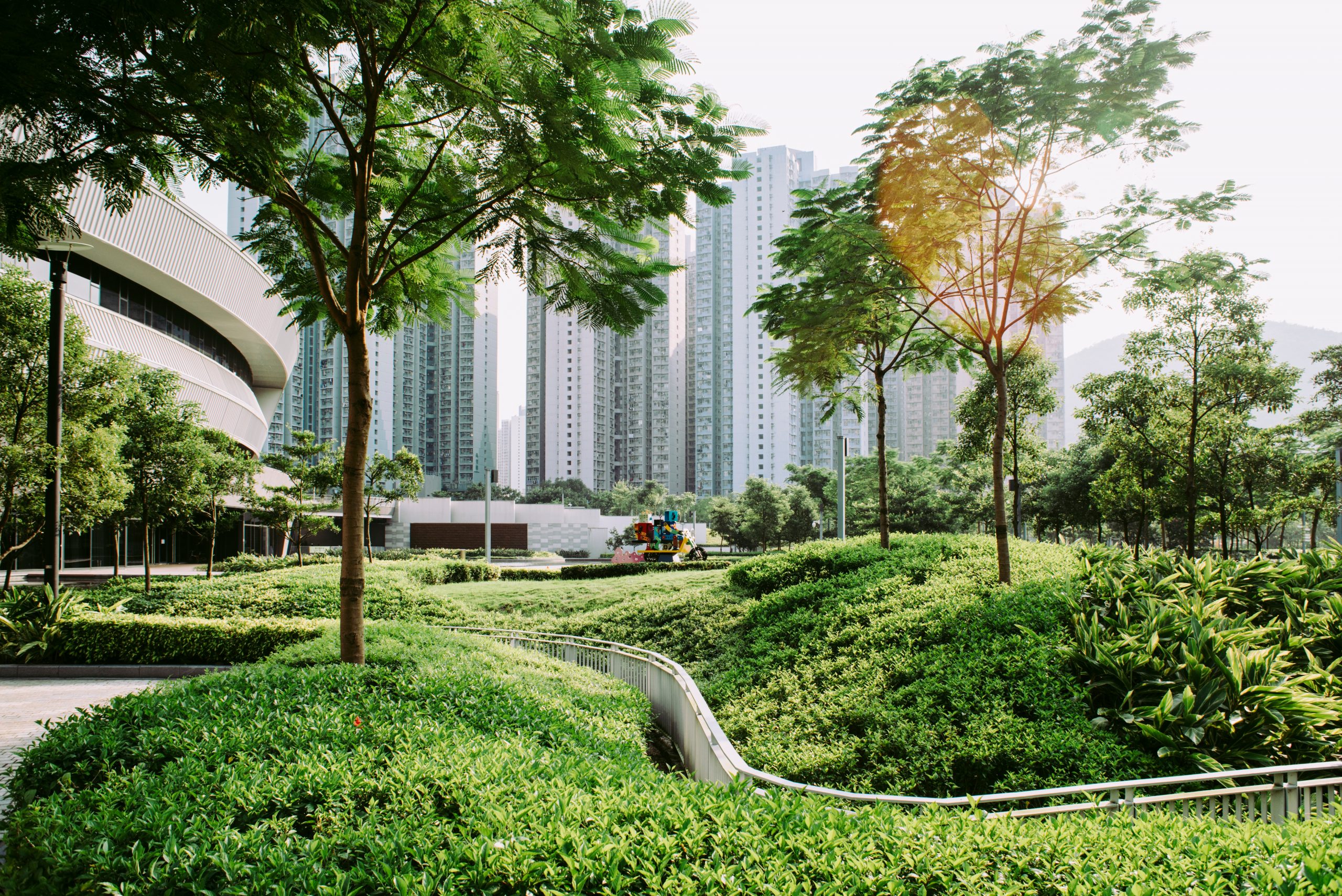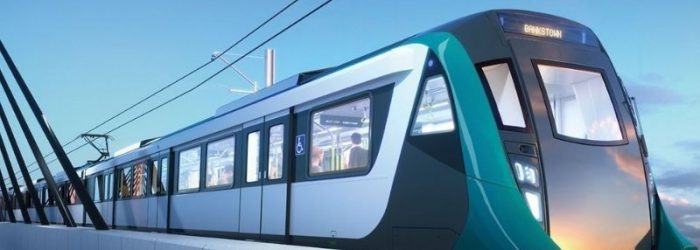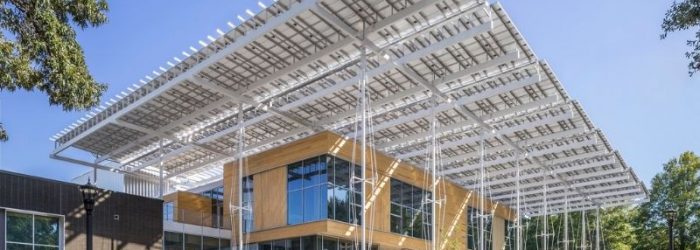
TK Elevator feiert 20 Jahre TWIN
Der einzigartige TWIN-Aufzug bietet zwei Kabinen, die sich in einem Schacht unabhängig voneinander bewegen, um in weniger Aufzugsschächten sicher mehr Fahrgäste zu befördern und so für mehr vermietbare Flächen bei geringeren Baukosten und weniger Energieverbrauch zu sorgen. TK Elevator feiert das 20. Jubiläum dieser einzigartigen Form urbaner Mobilität und die fortschreitende Digitalisierung nachhaltiger Gebäuden und Städte.






